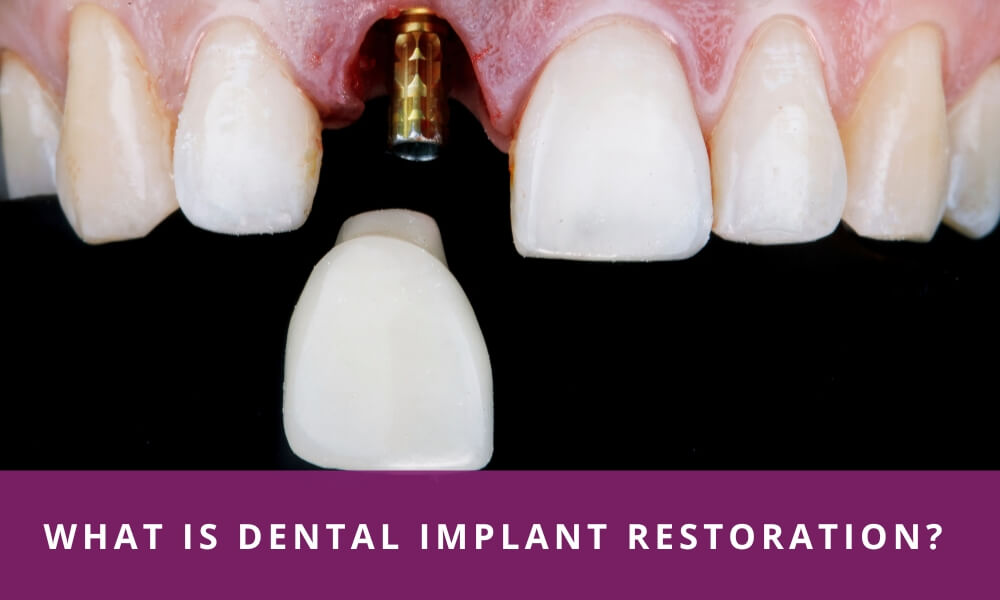What is Dental Implant Restoration?
Missing teeth not only look unsightly but also puts you at risk for gum infection. They also change the shape of your face as they cause the mouth to shift. Over time, your bite changes too to compensate for the missing tooth, leading to issues like tooth grinding and tooth sensitivity. Dental implant restoration is one of the many options to replace missing teeth. Here’s what you must know about dental implant restoration procedures:
What Is Dental Implant Restoration?
Dental implant restoration refers to a series of procedures involving replacing the lost tooth with an implant and later attaching an abutment to the implant to secure the fake tooth (implant). During the initial consultation, the dentist will examine the teeth to check if your jawbones are thick enough to hold the implants. If the jawbones aren’t thick, they may suggest bone grafts.
The process begins by preparing the area where the implant is placed – the dentist will inject local anesthesia, make an incision into the gums, and access the jaw. A hole is drilled into the jaw, and the implant is pushed. Over the next few months, the implant fuses with the bone tissues through osseointegration. Later, the incision is reopened to access the implant and place an abutment that helps secure the implant in place.

Other Procedures To Replace Missing Tooth
Dental Bridge
Dental bridges are an affordable alternative if you are missing one or more teeth in the same area. As the name suggests, it helps bridge the gap using a prosthetic tooth and bonded using dental cement. However, food particles could seep underneath the bridge, causing plaque buildup and tooth decay.
Dentures
Dentists suggest dentures when you need to replace all your teeth. And if you need to replace some teeth, they recommend partial removable dentures.
Advantage Of Dental Implant Restoration Procedures
- Dental implant restoration is preferred because implants look natural and help you chew and brush normally. In fact, most people cannot tell the difference between natural and implanted teeth.
- Dental implants last for a long time. This is unlike bridges that may have to be replaced every ten years.
- Dental implants are harmless. The titanium implant integrates with the bone tissues, making them bio-compatible and non-toxic.
- Dental implant restoration helps prevent bone loss and stabilize the adjacent teeth. They also prevent gum diseases.
- Dental implants prevent the face from looking saggy, thereby preventing premature aging.
Dental Implant Restoration Cost
Dental implant restoration costs vary depending on the problem’s complexity, the number of implants, and the dental surgeon’s experience.
Dental Implant Restoration Side Effects
As with any procedure, dental implant restoration procedure also involves risks. This includes:
- Infection on the implant site
- Injury to the blood vessels in and around the area.
- Nerve damage in and around the area where the implant is placed
These risks can be mitigated by consulting a reputable dental surgeon and hospital. Other than the abovementioned risks, there are no significant dental implant restoration side effects.
Dental Implant Restoration Recovery
It takes around 3 to 6 months to recover from dental implant restoration fully. The dentist may prescribe ice and cold compresses during recovery to reduce swelling and inflammation. You may also be asked to stick to soft food or a liquid diet.

